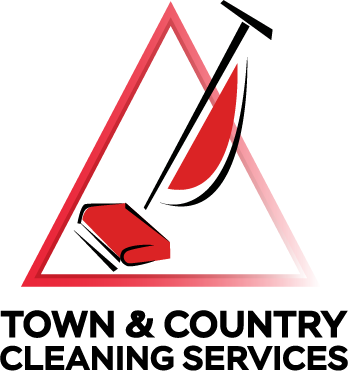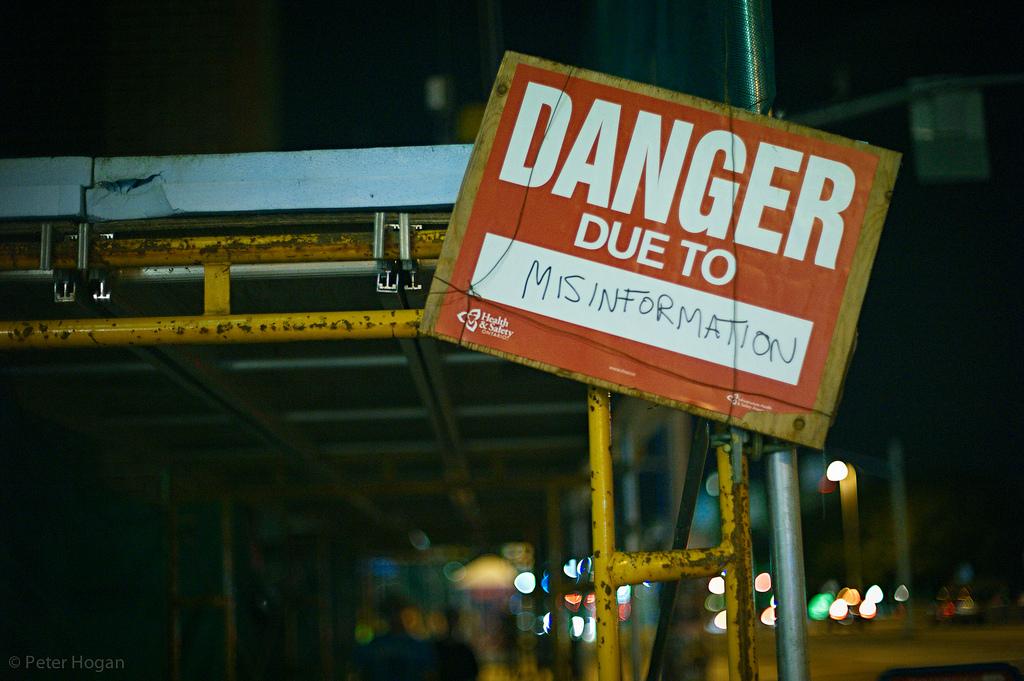The following article was recently written by our President, Bruce Vance; it was published on 6/29/2012 by the ARCSI (Association for Residential Cleaning Services International) in their newsletter: The Cleaning Connection for their “The Tech Corner” column. Though aimed at cleaning companies it contains valuable information for homeowners too.
Professional Cleaners have Responsibilities – to Protect Clients’ Health, Employees’ Health, and Clients’ Possessions
As professional cleaners, it is our responsibility to protect our clients’ health, and our own, and to protect surfaces and possessions. To do this we need to carefully select the cleaning agents we use and match them to the correct applications and materials. We need accurate information to do this. Where do we get it?
Finding Reliable Information on Cleaning Products
Normally, we can count on getting reliable information from a company or supplier literature and catalogs, but we must be careful when the literature or product descriptions in the catalog are written by marketers, without review by the technical department. Two examples follow… A well known ‘green’ product brags about being a great cleaner and that it has no harmful ingredients. However, when we go to the MSDS record we find, after a determined search, that this product contains Butyl Cellulose – a rather ‘un-green’ VOC (volatile organic compound). While that makes it less surprising that it cleans well, it also makes the ‘green’ claim rather suspect!
In another case an online catalog touted its well known cleaner as a ‘mild, neutral cleaner’. Great – that means you can use this on most all surfaces safely, right? But a look at the MSDS for this product says it has a pH right around 12.0 for the concentrate! True, it says that for the concentrate, but it’s a little-known fact that most cleaning agents don’t change pH very much when diluted. This seems to make the product more of a degreaser-type cleaner rather than a general cleaner, and certainly not a neutral one.
What’s the Big Deal if a Cleaner is a Poor Choice? – It’s Still Just Cleaning, Right?
“So what?” You may ask. The answer is: a pH 12 product can seriously damage surfaces that should be cleaned with a neutral cleaner, such as polyurethane-coated wood, or the protective coatings on metal. I’ve seen a couple of cleaners pay for refinishing wood floors because they used a product in that pH range on the polyurethane finish. In at least one case, the cleaning technician did not mix the product correctly, but that is a whole other discussion. So, you buy the product, use it on a surface that, according to the catalog, it should be appropriate for, and it damages said surface. Now what? YOU, as the professional, are responsible to the client. Can you seek help from the supplier? Perhaps. Do they carry product liability insurance? Will they help you out in a lawsuit? Who knows – if it’s only a couple of thousand dollars at stake, it’s probably not worth suing them anyway, given the potential legal fees.
So what is a responsible cleaner to do? Read the MSDS (Material Safety Data Sheet) of all the products you have and look at them for any product you are even thinking of using and, as a final precaution, you can buy some litmus paper and test the pH for yourself. Notice that both of these issues came to light by checking the MSDS. The technicians, not the product’s marketers, write the MSDS information. However, in the first case, we saw that the marketers apparently had some influence on the MSDS by placing the non-green information outside the area of the document where it is typically recorded. Furthermore, in cases where companies market products sold under their private label but that are manufactured by another company, the marketing company likely writes the literature, while the manufacturer usually writes the MSDS.
Protection through Education
How do you protect yourself? Educate yourself! Learn to read and understand MSDS reports. Find people who are knowledgeable in fields you need information on. Example: I work with Dean Mercado for internet marketing advice. Don’t ask me to teach you about the internet; on the other hand, don’t ask him about cleaning agents’ properties (although he might surprise me). Good sources of information include IICRC-approved classes, ISSA literature, information from the Cleaning Industry Research Institute and others. You work too hard to be bushwhacked by bad information. Take care – it can be dangerous out there.
photo by: 3dpete

